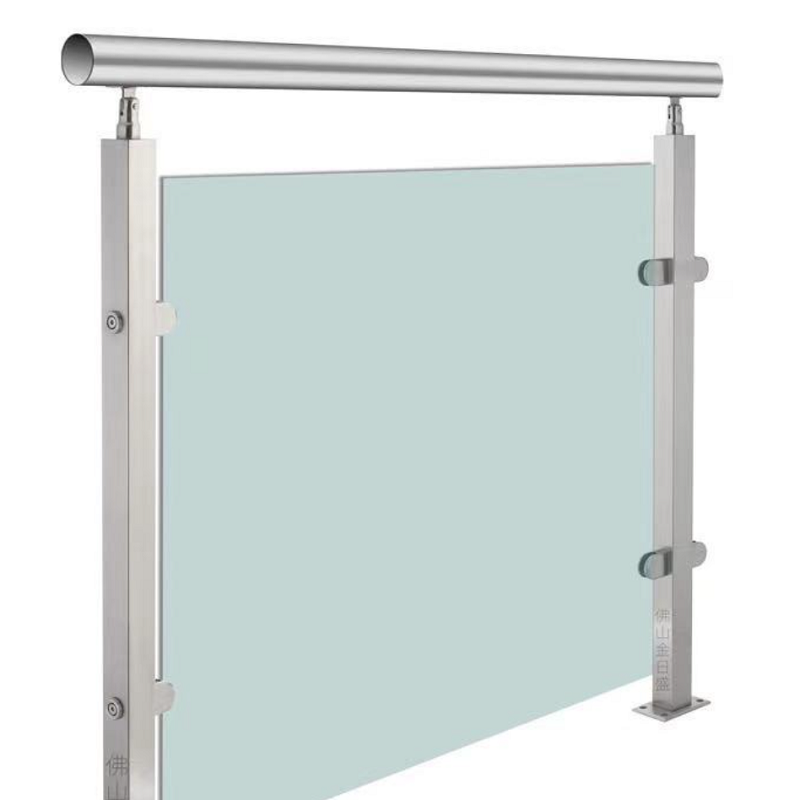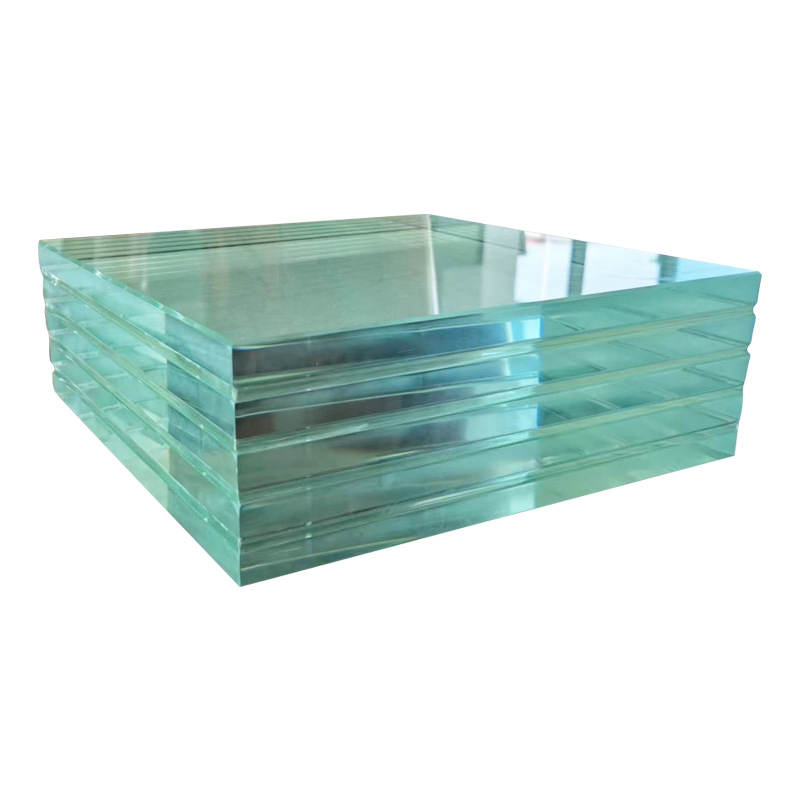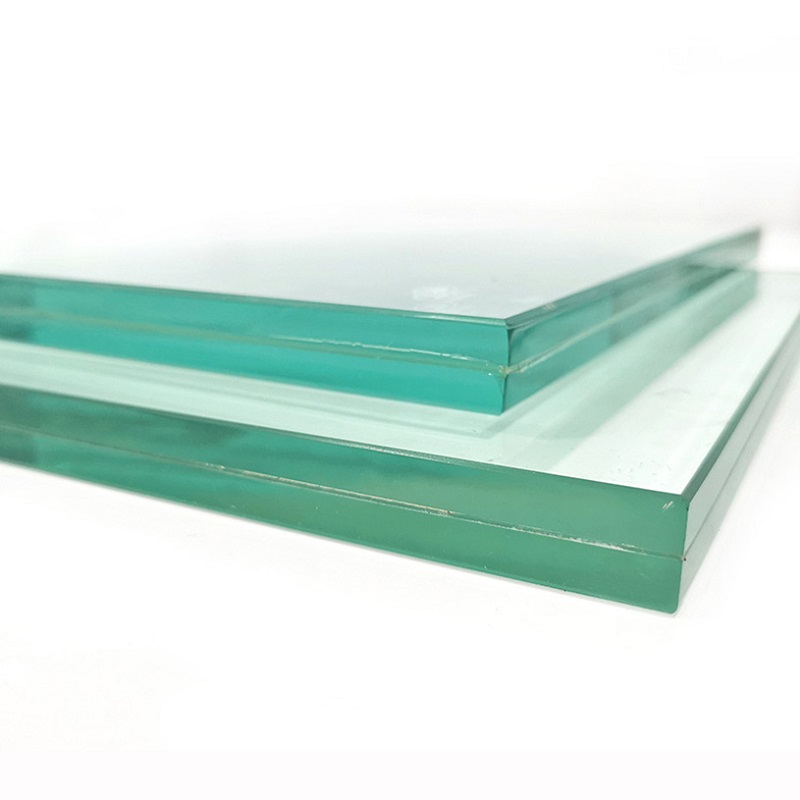Blue Glass Blocks: The Agile Art of Architectural Decoration
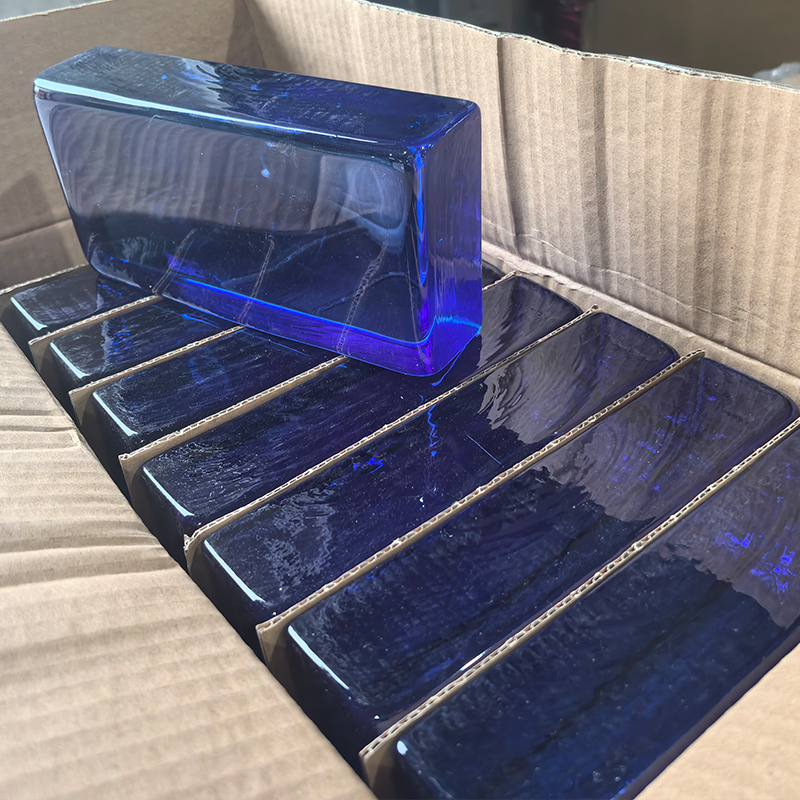
In the large family of architectural decoration materials, glass blocks(also often broadly referred to as crystal bricks; although there are differences in craftsmanship and texture compared to traditional glass bricks, they are often mentioned in relation within the decorative context) occupy a creative niche with their unique charm. And blue glass blocks, with their profound colors and light - transmitting properties, have become "magic stones" in space design, nimbly moving between decorativeness and functionality, and weaving unique scenes for architectural settings.
I. Glass Blocks: A Unique Branch of Decorative Materials
Glass blocks, through the evolution of craftsmanship, have transformed from initially meeting basic lighting and privacy needs to now becoming carriers of spatial creativity. Made from glass raw materials and formed through processes such as high - temperature firing, they possess both the light transmission of glass and a certain degree of obscuration. With the support of chemical stability, they are durable and long - lasting, serving as a "bridge" connecting space and light and shadow. Although crystal bricks differ in aspects such as material purity and production precision, they often, due to similar decorative effects, together with glass bricks, expand the application imagination of this type of light - transmitting decorative material.
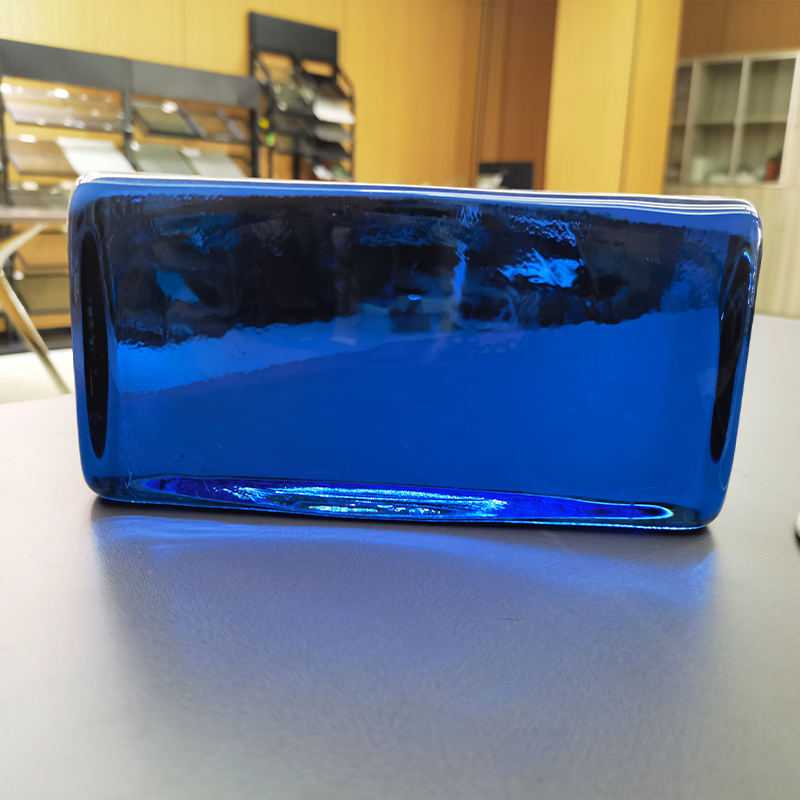
II. The Aesthetic and Functional Code of Blue Glass Blocks
(I) Color: The Color Palette of Spatial Atmosphere
Blue, associated with the sky and the ocean, comes with qualities of vastness and tranquility. Blue glass blocks incorporate this into architecture, interpreting various wonders through light: when natural light passes through, it endows the space with a dreamy blue tone, creating a cool feeling in summer and adding a quiet atmosphere in winter; under artificial light, it reflects and refracts light, outlining layers of light and shadow, transforming a monotonous surface into a visual focal point.
In home design, using blue glass blocks as a partition between the living room and the study. During the day, soft light diffuses in, and both areas enjoy the quiet blue light, maintaining transparency while building an atmosphere - the living room is relaxed and the study is focused; at night, the light reflects on the blocks, and the blue halo spreads, elevating the style and adding taste to the home.
(II) Space: The Magic of Shaping and Extending
The Balance Between Partition and Transparency
Using blue glass blocks for spatial partitioning is more flexible than solid walls. In commercial venues, restaurants use them to separate booths and divide areas, ensuring privacy while keeping the space open and bright, enhancing the dining comfort; exhibition halls use them to divide exhibition areas. Visitors can peek at the exhibits in adjacent areas through the blocks, stimulating the desire to explore. The blue partitions also add an artistic atmosphere to the exhibition halls, helping to upgrade the exhibition effect.
Layers: The Symphony of Materials and Arrangement
When paired with wood, metal, and stone, blue glass blocks can create diverse layers. In office spaces, it blends with the warmth of wood and the modern feel of metal, breaking monotony and activating spatial vitality; with staggered and gradient arrangements, it turns the wall into an artistic installation, from flat to three - dimensional, enriching the visual experience.
III. The Breakthrough of Application Scenarios for Blue Glass Blocks
(I) Building Facades: The Brush for Personalized Logos
For small buildings such as private villas and creative studios, using blue glass blocks to partially decorate the building facade makes it stand out from the ordinary instantly. The pattern collaged above the villa's porch contrasts with the white walls and gray roof, making the building's appearance personalized and eye - catching; on the facades of commercial buildings, art galleries and creative shops use it to combine unique graphics, conveying the creative atmosphere inside and enhancing recognition and attractiveness.
(II) Indoor Landscapes: The Window to Miniature Nature
Next to indoor water features, blue glass blocks are used to pave the ground or build low walls. The water flow echoes with the blocks, miniaturizing the scenery of the ocean and lakes. The reflective properties also make the light and shadow of the water features more agile; in the green plant area, it is used as paths and boundaries. The blue - green combination is fresh and natural, and the transparent material does not block the lighting for the green plants, layering the landscape and endowing it with a design sense.
(III) Light Integration: The Stage of Light and Shadow Interweaving
In places such as bars and nightclubs, blue glass blocks form a partnership with LED lights to create light walls and partitions. By controlling the light and adjusting the color, it is sometimes like a quiet deep sea and sometimes like a jumping flame, creating a unique atmosphere for the entertainment space and enhancing consumers' immersion; in the home theater room, using it as a background wall with hidden lights, the soft light overflows during movie watching, enhancing the space quality and comfort.
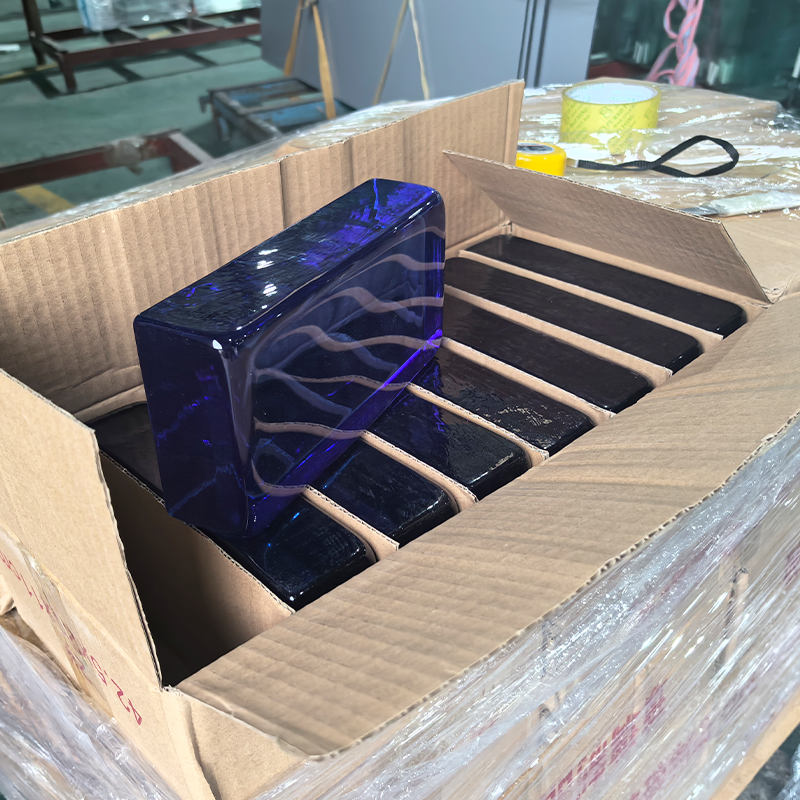
IV. The Construction and Maintenance Key for Blue Glass Blocks
(I) Construction: Details Determine Success or Failure
The base treatment should be meticulous. The walls and floors need to be flat, clean, and dry. Unstable areas should be leveled and reinforced with cement mortar; for masonry, a special adhesive should be selected, and the proportion should be strictly controlled to ensure the bonding strength and durability. Attention should be paid to the gaps when arranging the blocks (3 - 5mm is appropriate) to leave space for thermal expansion and contraction. For large - area masonry, a steel mesh can be used for assistance to ensure stability. In water - bearing areas (such as bathrooms), waterproof sealant should be used at the joints, and waterproofing should be done on the top to build a "moisture - proof shield".
(II) Maintenance: The Secret to Long - lasting Renewal
For daily cleaning, use a soft cloth and neutral cleaning agent to gently wipe, avoiding sharp tools to scratch. Timely removal of dust and stains to prevent the cleaning agent from remaining and corroding; regularly check for looseness, deformation, and cracks. If problems are encountered, repair them quickly. If the sealant falls off or cracks, it also needs to be resealed to protect the waterproof and sealing performance; in case of stubborn stains and scratches, seek professional services, and use repair agents and special processes to let the glass blocks regain their luster.
Blue glass blocks, with color as the language and space as the chapter, shine brightly on the architectural decoration stage. From home to commercial, from facades to interiors, it is a link connecting aesthetics and practicality. With the innovation of craftsmanship and design, it will continue to unlock more spatial possibilities, injecting agile poetry into architectural decoration, and making every application a scene of light and shadow dancing, continuously writing new stories of space decoration.
glass blocksglass blockscrystal brickscrystal brickscrystal brickscrystal brickscrystal brickscrystal brickscrystal brickscrystal brickscrystal brickscrystal brickscrystal brickscrystal brickscrystal brickscrystal brickscrystal brickscrystalglass bricksglass bricksglass bricksglass bricksglass bricksglass bricksglass bricksglass bricksglass bricksglass bricksglass bricksglass bricksglass bricksglass bricksglass bricksglass bricksglass bricksglass bricksglass blocks


